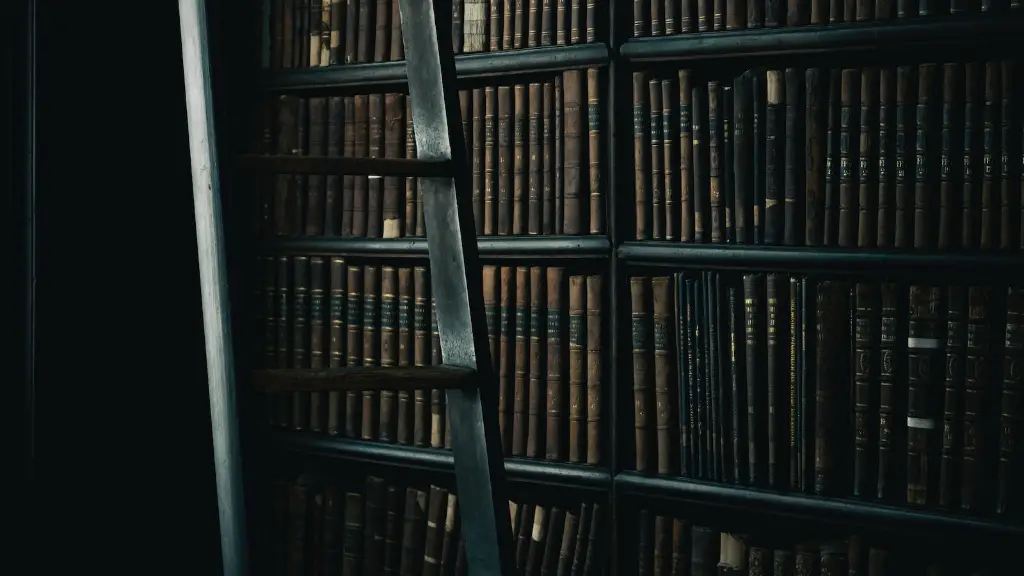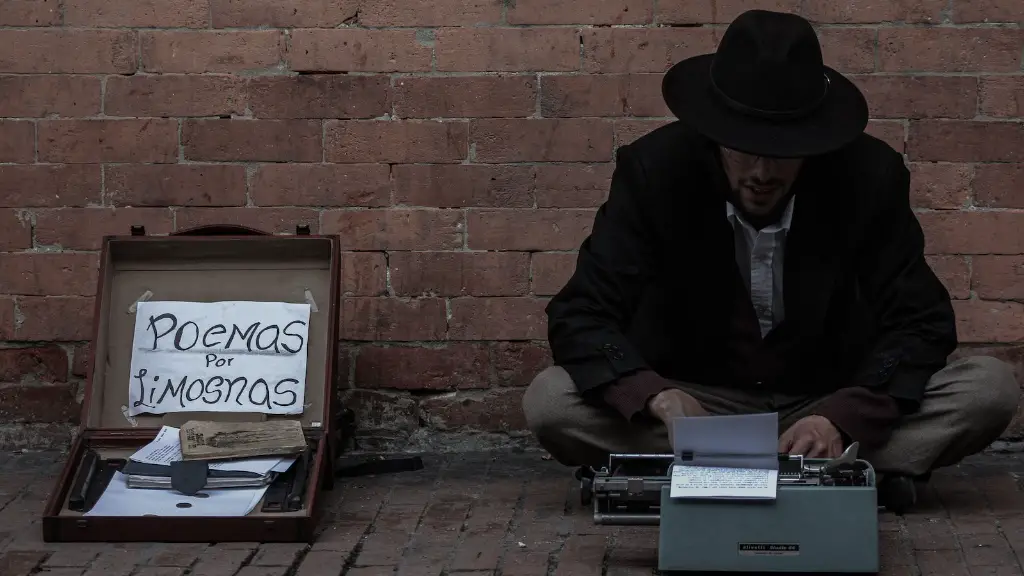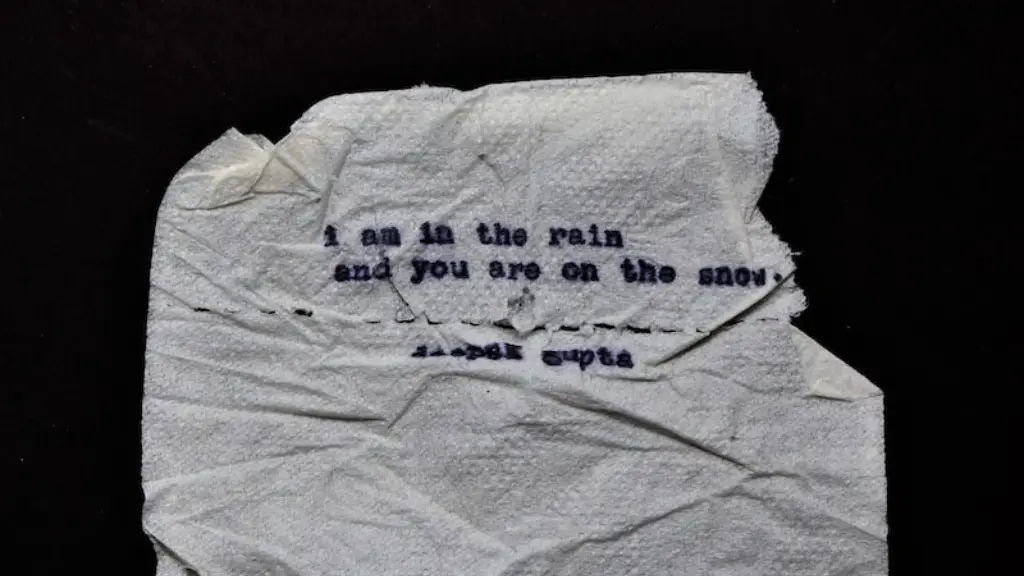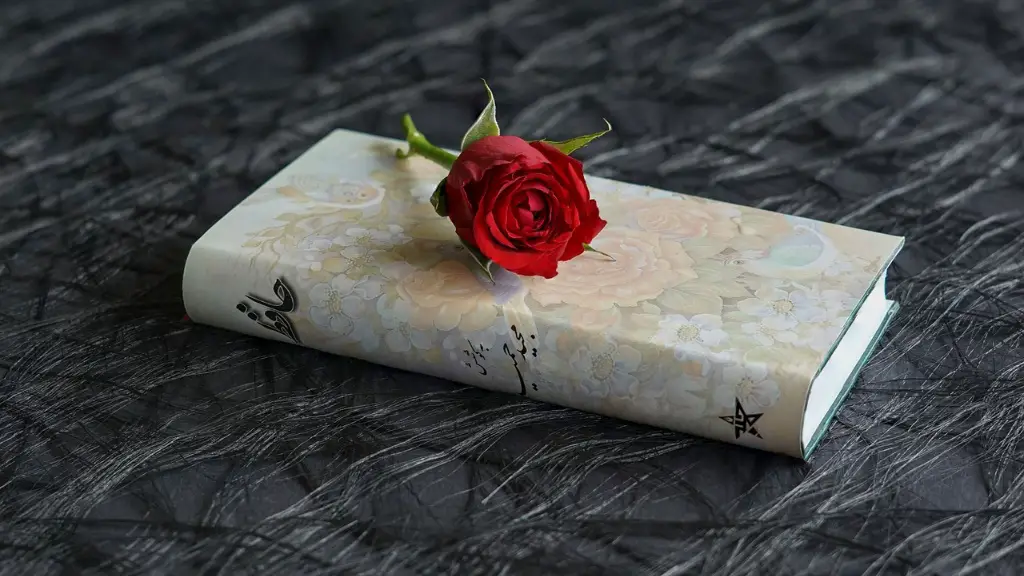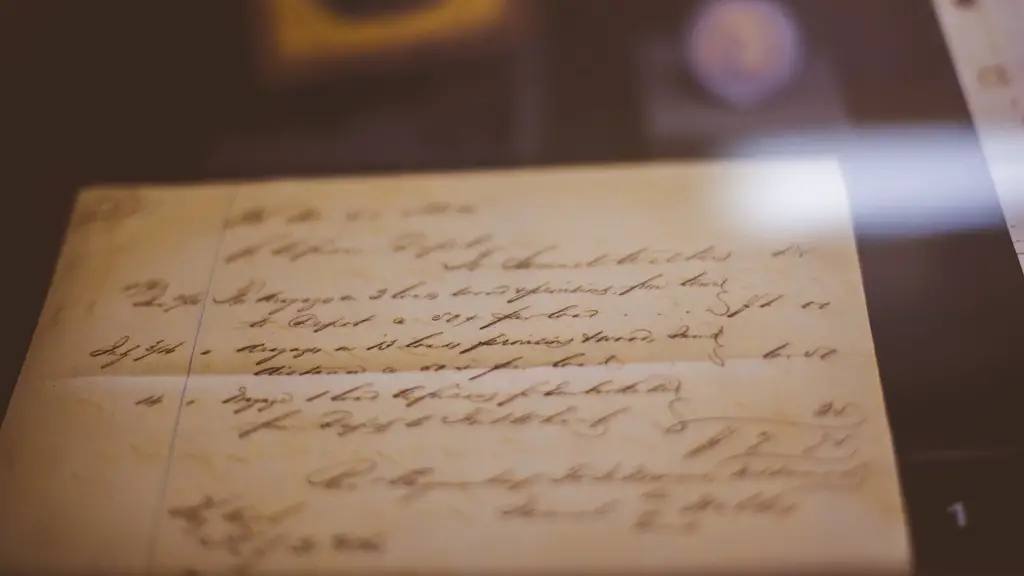Lineation is an important form of the poetic structure, it is the way in which a poem is written in order to communicate its message, rhythm, sylable counting and sound. Lineation was first practiced in ancient poetry as a way to break down the oral narrative into a written narrative. Lineation, in more modern poetry, is used to give emphasis to a phrase, word or concept, to create a sense of emphasis and rhythm in the poem, and to replicate the feeling of a spoken language in written form.
How Lineation works?
Lineation works in poetry by using lines and verses to separate different thoughts or ideas. Each line, sometimes called a stanza, serves as its own form of unit of thought within the poem. As the line of a poem progresses, the message or purpose of the poem can also evolve. The beginning and ending of a line, sometimes referred to as caesuras, for example, can serve as the framework for the poem’s idea and how the poet wants the reader to consider it.
In addition to caesuras, the overall structure of the poem affects the reader’s interpretation. Lineation also flows in a series of patterns that can be used to propel the story or message forward. This can include the overall length of the line, where caesuras are placed and the number of lines in a section. Even the spacing of different lines can be used to illustrate the thought process of the poet and to help the reader understand the evolution of the story.
The Purposes of Lineation
The main purpose of lineation is to reproduce the spoken language, rather than the written language, into written form. In earlier poems, lineation was used to break up the poem into metrical texts, as well as syllables to create a musical rhythm to communicate the feelings and emotions of the speaker.
In modern poetry, lineation is used to maintain the rhythm or musicality of the poem. It is also used to bring forth certain aspects of the poem, such as emotion, thoughts or ideas. Finally, the various aspects of lineation, such as caesuras, still serve a purpose in the modern poem, although it is generally minor compared to the other poetic devices used in the poem.
The Impact of Lineation
The impact of lineation in a poem can be very significant because it has the capacity to communicate even more than the words of the poem. It can help the reader understand the evolution of the poem, the author’s thought process and the way the reader should interpret the poem. It is also a way for the poet to convey their ideas and emotions, as well as make the poem more memorable and impactful.
The way in which a poem is written and the way it is structured is integral to the poem’s success. In most cases, lineation is a major factor in the poem’s success, as it can be used to enhance the poem’s qualities in both its form and content. By paying careful attention to lineation, one can craft a poem that is able to evoke emotion, evoke a certain idea or bring forth a certain feeling.
How Lineation has Evolved
Today, lineation is both an ancient and modern form of poetic structure. In earlier times, lineation had very strict rules for rhythm, syllable counting and caesuras. In modern poetry, lineation is less rigid and is utilized in whatever way the poet sees fit.
Today, line length is usually defined by the individual poet, as is the placement of caesuras. What remains as a constant, however, is the fact that lineation is important in both ancient and modern poetry, and can be used to great effect if used properly and with due consideration to its nuances.
Exploring Different Forms and Structures of Lineation
Lineation is essential in understanding what a poem is saying and how the poem structures its message and ideas. Different forms of lineation can bring about various effect to a poem, so it is important for poets to pay attention to how lineation works in a poem.
There are various forms of lineation that a poet can explore, such as caesuras, enjambment, mismatched lines and changing line lengths. By exploring different forms and structures of lineation, it becomes easier to understand the message and purpose of the poem and to create a poem that can reach and move its readers.
Exploring Creative and Experimental Forms of Lineation
Aside from the traditional forms of lineation, poets can also explore creative and experimental forms of lineation. Poets can utilize lineation to create a unique voice, to emphasize certain phrases, words or concepts, or to try and represent their ideas in a different perspective.
By exploring creative and experimental forms of lineation, one opens up the possibilities for creating a unique and powerful poem. One can play with line length, caesuras, stanzas and other poetic devices to create something that nobody has ever seen or heard before.
Technology and Lineation
One of the recent advancements, in terms of lineation, has been the advancement of technology. Nowadays, there are various programs, such as Word or Google docs, that can help the poets understand and explore different line forms, meter, pitch and sound.
These programs also allow poets to experiment with lineation and create a vast array of rhythms, sounds and voices that one cannot replicate in any other form. It has also become easier to edit, alter and refine a poem to suit the poet’s creative needs.
Cultural Implications of Lineation
The use of lineation, in various cultures, plays an important role in communicating a certain message or idea. In certain cultures, for example, lineation has taken on a more spiritual level, communicating messages about the universe and underlying deeper meanings.
In other cultures, lineation is used to illustrate a certain idea or point of view and to bring that idea to the forefront of the poem. Additionally, lineation can be used in some cultures to evoke certain emotions, such as sadness, joy or love.
Functions of Lineation
Overall, the greatest function of lineation is to emphasize a particular idea or emotion in a poem. Lineation can be used to carry forward a narrative or to give emphasis to a certain idea that the poet wishes to emphasize through the structure of the poem.
The structure of a poem is a very intimate connection between a poet and the audience, as it conveys a great deal of information to the audience, even beyond the words used in the poem. As such, lineation can be a powerful and effective tool for poets to create impactful poems.
